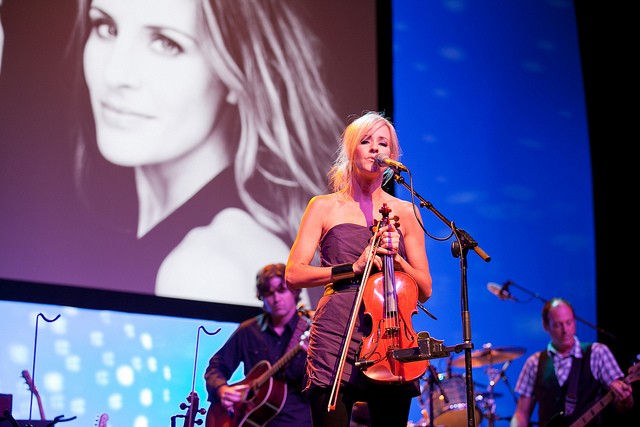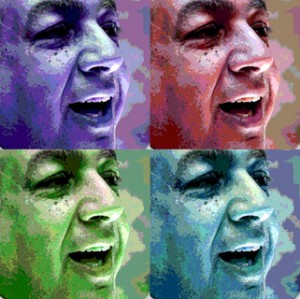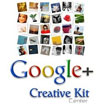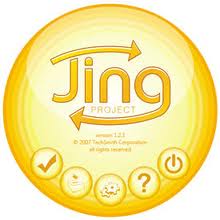
Martie Maguire of the Dixie Chicks at last year’s National Conference on Volunteering and Service (Photo by JD Lasica).
Target audience: Nonprofits, cause organizations, foundations, NGOs, social enterprises, businesses, educators, visual artists, photographers, general public.
 Images are one of the best ways to tell your story, simply because they convey emotional and unconscious elements of your story that words often cannot.
Images are one of the best ways to tell your story, simply because they convey emotional and unconscious elements of your story that words often cannot.
This is why people share photos the most on Facebook, and why Pinterest has blown up practically overnight.
The shift toward visual storytelling also means that you need the ability to quickly edit the photos you are sharing. You need the ability to do several things with an image:
- Cropping – There are lots of optimal sizes for photos on social media sites, requiring the ability to crop images on the fly.
- Adding text – A picture says 1,000 words, but adding text narrows the field.
- Combining images – Before/after pics and infographics.
- Adjusting contract and tone – Many times the photos you take at an event will need a little touching up.
- Resizing images – Hi-res images taken with a Canon Powershot might be way too big for a Facebook Page update.
- Creating various file types – Depending on the situation, you may need JPGs, PNGs or GIFs.
7 image editing tools to create top-rate visual content
Here are seven tools you should check out for your image editing needs.
Instagram: An undeniable cool factor
1Instagram is an iPhone and Android app that’s both a social network and a very cool photo editor. In terms of editing, the only thing you can do is square cropping and applying a variety of retro-style filters. Sharing to Facebook, Twitter and Tumblr is super easy. Recommended for arts organizations and perhaps museums.
Phoenix: Combining power & simplicity
2From basic image retouching to complex effects, Phoenix has a lot of the same basic features of a desktop image editor with the simplicity and accessibility of a Web-based application.
Phixr: Free basic Web-based editing
3Phixr is another free online photo editor that includes all the basic photo manipulation tools like cropping, rotating, removing red eye and resizing. You can also add text and speech bubbles photos.
Google’s Creative Kit: Lots of options
4Google’s Creative Kit is an advanced photo editing tool within Picasa and Google Plus. You can add text to photos, and even select from a variety of interesting filters like “face-painting.” In either platform select a photo and then choose “Edit Photo” to get started.
Pixlr: Photoshop on a shoestring
5This is the one I recommend the most to my clients. With Pixlr, you can crop, edit layers, lasso parts of an image, resize, add text and save in a various different file types. It’s the closest thing to Photoshop that’s free and Web-based.
Jing: Easy screen grabs
6Jing is what I’ve used to create the screen grabs you see in this post. It also allows you to create screencasts — videos of your desktop — but I prefer ScreenFlow.
Photoshop Elements: More control & features
7Photoshop Elements, a desktop (not Web-based) app, is my go-to app for image editing. I like it better than any of the free Web-based editors because it has many more features, allows me to easily save and reuse files, and doesn’t depend on the limited Internet bandwidth at Starbucks. Cost: $62 and up.
What’s your favorite tool for image editing?
Related
• Creating media section (Socialbrite)
• 6 tips on how to shoot photos like a pro (Socialbrite)
• How to capture great photos on the road (Socialbrite)John Haydon delivers social web strategy solutions for “the quick, the smart, and the slightly manic.” Curious? Then visit the John Haydon blog, follow him on Twitter or leave a comment.
 This work is licensed under a Creative Commons Attribution-NonCommercial 3.0 Unported.
This work is licensed under a Creative Commons Attribution-NonCommercial 3.0 Unported.
















My favorite tool for image editing is Polarfox ( http://www.polarfoxapp.com )
Very easy to use.
I use GIMP. Haven’t much experience using all the features, but it does the six tweaks listed above. I’ve found it particularly useful when images are very dark and I can make something show out of it using levels.
I prefer Google’s Creative Kit